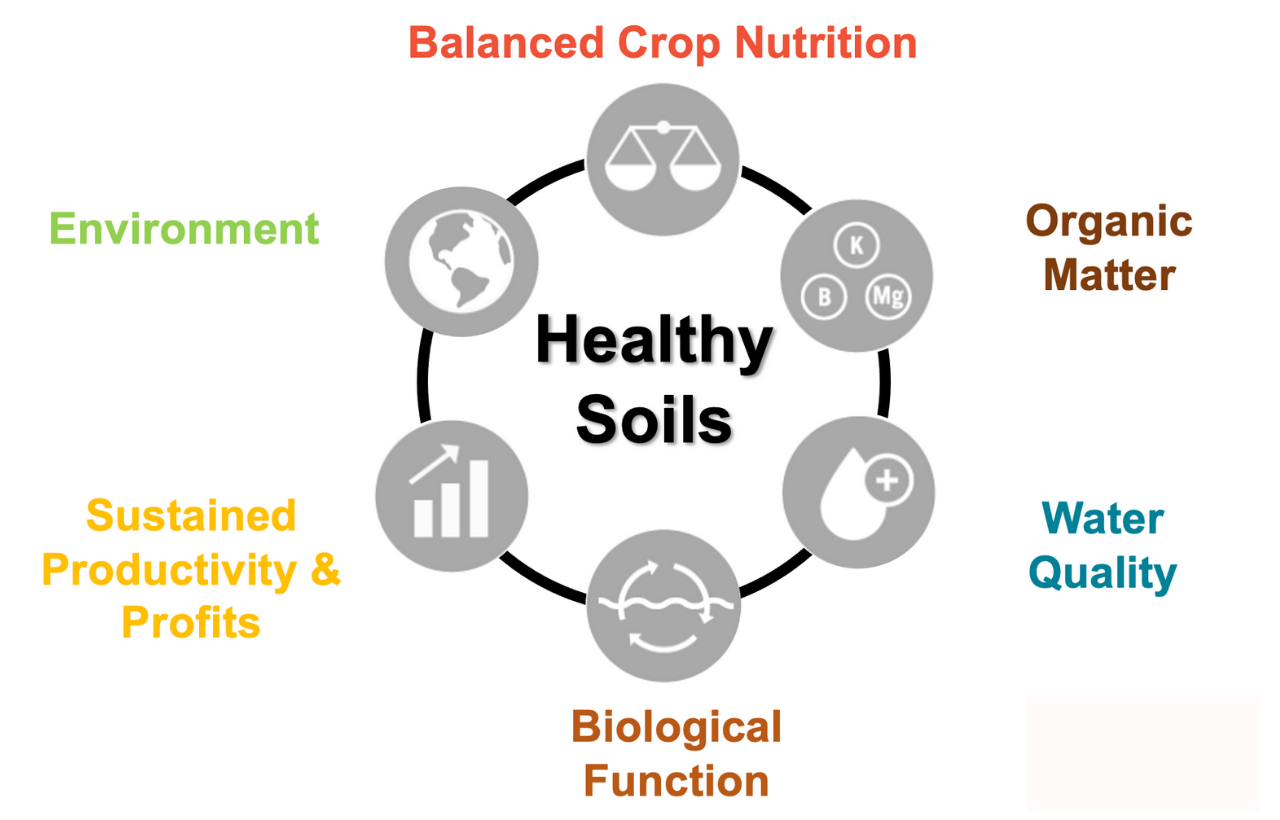
Oct . 20, 2024 12:00 Back to list
npk fertilizer menufractr plant factories
The Rise of NPK Fertilizer Manufacturing Plants
As the global population continues to grow, the demand for efficient and sustainable agricultural practices becomes more pressing. At the forefront of these practices is NPK fertilizer, a combination of nitrogen (N), phosphorus (P), and potassium (K) - three essential nutrients that promote plant growth and productivity. The NPK fertilizer manufacturing industry is evolving rapidly, driven by technological advancements, environmental concerns, and the need for increased agricultural yields. This article explores the significance of NPK fertilizer manufacturing plants, their operational processes, and their impact on modern agriculture.
Understanding NPK Fertilizers
NPK fertilizers are critical in providing essential nutrients that crops need to thrive. Nitrogen supports leaf and stem growth, phosphorus is crucial for root development and flowering, and potassium regulates various physiological functions within plants. Together, these nutrients form a balanced diet for crops, ensuring optimal health and productivity. The commercial formulation of NPK fertilizers allows farmers to tailor their fertilization practices to meet the specific nutritional needs of their crops and soils.
The Manufacturing Process
The production of NPK fertilizers involves several steps, starting with the procurement of raw materials. The primary ingredients include ammonium sulfate or urea as nitrogen sources, superphosphate or ammonium phosphate for phosphorus, and potassium chloride or potassium sulfate for potassium. These raw materials undergo a series of chemical reactions, blending, and granulation processes to create a homogenous fertilizer product.
1. Raw Material Processing Each component of the NPK fertilizer is processed to ensure it meets the required purity and particle size. 2. Granulation The processed materials are then blended in specific ratios according to the desired NPK ratio, such as 10-10-10 or 15-30-15. The mixture is granulated, often using methods such as rotating drums or pelletizers, to form uniform granules.
3. Drying and Cooling Once granulated, the fertilizer is dried to reduce moisture content, which can affect shelf life and nutrient availability. After drying, the granules are cooled to prevent clumping.
4. Coating and Packaging Some fertilizers may undergo coating processes to improve nutrient release rates. Finally, the finished product is packaged in bags or bulk containers for distribution to retailers and farmers.
npk fertilizer menufractr plant factories

Advances in Technology and Sustainability
As the need for sustainable agricultural practices rises, NPK fertilizer manufacturing plants are increasingly adopting innovative technologies. Precision agriculture techniques now enable manufacturers to produce custom fertilizers tailored to specific crop requirements, thereby minimizing waste and environmental impact.
Moreover, many facilities are implementing recycling processes that allow for the recovery of nutrients from agricultural byproducts, reducing reliance on virgin raw materials. Advanced production methods, such as nutrient release control and slow-release formulations, are also becoming popular, contributing to more efficient nutrient management in agricultural practices.
The Economic Importance
The economic implications of NPK fertilizer manufacturing plants are significant. They play a vital role in supporting local economies by creating jobs in manufacturing, distribution, and retail sectors. Moreover, the availability of high-quality fertilizers enables farmers to boost crop yields, which is crucial for meeting the food demands of growing populations. Enhanced agricultural productivity, in turn, contributes to food security and sustainable development.
Future Outlook
Looking ahead, the NPK fertilizer manufacturing industry must navigate numerous challenges, including regulatory pressures, the need for eco-friendly production methods, and fluctuating raw material costs. However, the demand for fertilizers will continue to grow, driven by global food security concerns and the need for sustainable agricultural practices.
In conclusion, NPK fertilizer manufacturing plants are integral to modern agriculture, providing the necessary nutrients that support healthy crop growth. Through technological advancements and a focus on sustainability, these facilities are well-positioned to meet the future needs of farmers and contribute to a more food-secure world. The commitment to innovation and environmental stewardship will ultimately define the next chapter of the NPK fertilizer industry, ensuring that it continues to play a critical role in the agricultural landscape for years to come.
-
10-10-10 Organic Fertilizer | GPT-4 Turbo Enhanced for Greener Growth
NewsAug.05,2025
-
Organic 10-10-10 Fertilizer for Healthy Plants
NewsAug.04,2025
-
Organic Manure Compost: GPT-4 Turbo Enhanced Fertilizer
NewsAug.03,2025
-
10-10-10 Organic Fertilizer - Balanced NPK Formula
NewsAug.02,2025
-
Premium Organic Manure Compost for Eco Gardens
NewsAug.01,2025
-
Organic 10-10-10 Fertilizer | Balanced Plant Nutrients
NewsJul.31,2025
